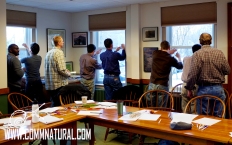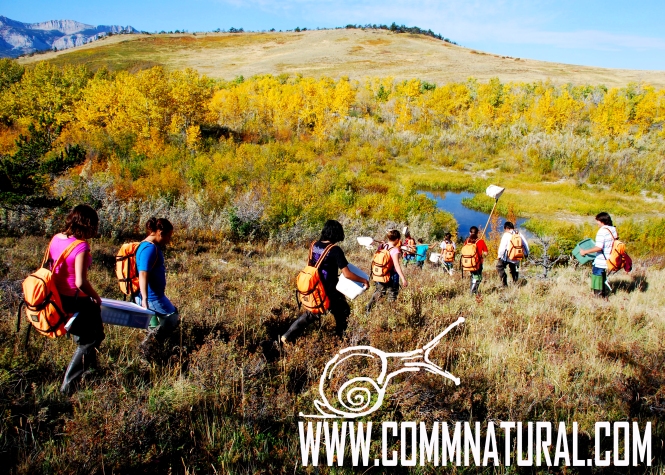Lots of data indicate drawing skills are:
a) good for scientists, b) good for science,
and c) something anyone can learn.

A few months ago, I discovered www.crastina.se, which describes itself as “A networking platform for the exchange of knowledge, skills, experience and opinion regarding both scientific peer-to-peer communication and science dissemination.”
I learned about Crastina when its founder Olle Bergman invited me to write an op-ed. He asked me to write about my deep conviction that drawing skills should be part of the modern scientist’s toolkit, not just a bygone ability for which we are faintly nostalgic.
My op-ed was published in July. Building on the theme of my op-ed, Olle will be running a series of interviews with scientists involved with drawing as a professional process and outreach tool. You can also tune in to Crastina’s Facebook page for a series of art-drawing-science links I curated.
Despite being limited to a mere 3,000 characters, I wove together some of the more compelling research and scientist-artist quotes I have encountered in the past few years.
Entomologist extraordinaire E.O. Wilson, himself an accomplished illustrator, maintains:
“The description of species and the study of biodiversity requires hand-wrought illustrations,” affirms E.O. Wilson.
Other stand-outs include research and popular articles by Robert Root-Bernstein, essays by Jenny Keller and Jonathan Kingdon, and several more items; many are listed in this month’s edition of my newsletter.
My piece for Crastina closed with insights which we would all do well to heed:
John Lembach argues, “Today’s problems require creative solutions. Creative solutions require imagination. Art can stimulate the imagination and so develop that which is creative in individuals. We are thankful to science for making it possible to live longer, but what do we live longer for? Under what conditions do we live longer? The creative in art can make the longer life worth living in terms of quality. Art is not a frill.”






 I’m absolutely delighted to introduce three courses I’ll be offering in 2015! Keep reading for info on these full-day sessions in Glacier National Park (MT) and Harvard Forest (MA). I also have a handful of workshops and classes in the planning phase, and if you’re looking for a teaching artist or artist-in-residence, feel free to get in touch!
I’m absolutely delighted to introduce three courses I’ll be offering in 2015! Keep reading for info on these full-day sessions in Glacier National Park (MT) and Harvard Forest (MA). I also have a handful of workshops and classes in the planning phase, and if you’re looking for a teaching artist or artist-in-residence, feel free to get in touch!  Cross-posted at Advancing EcoComm
Cross-posted at Advancing EcoComm
 Should returning to school require eschewing the outdoors?
Should returning to school require eschewing the outdoors? a story to life.
a story to life.